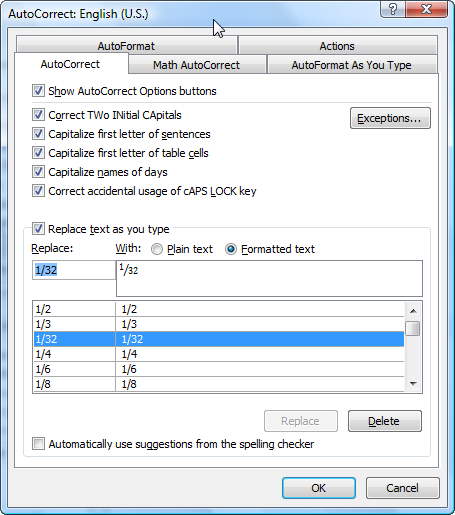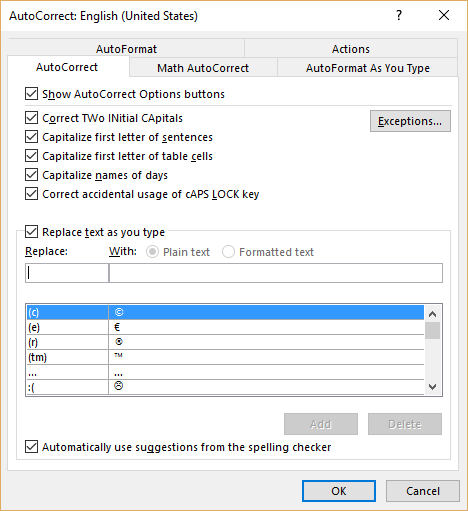

Step 2 Click the Change Case button and then select the Sentence Case option to capitalize the first character of every selected sentence. You can use any of the text selection methods to select the portion of text.
INITIAL CAPS IN WORD 2010 FREE
Help users increase productivity by automatically signing up for TechRepublic’s free Microsoft Office Suite newsletter, featuring Word, Excel, and Access tips, delivered each Wednesday. Step 1 Select the portion of text that that needs to be put in sentence case.
INITIAL CAPS IN WORD 2010 ARCHIVE
To change the phrase “All’s well that ends well” to initial caps, select the text and then press and hold the Shift key while you press F3 three times.Ĭheck out the Microsoft Word archive and catch up on other Word tips. To change it to all uppercase, select it and then press Shift + F3. Press Ctrl + Spacebar to return to lowercase.Īnother helpful key combination is Shift + F3, which lets you toggle case from lowercase to uppercase and then to initial caps.Type: Caution! To avoid injury, please read all instructions first.

This is how a Twitter-based hedge fund beat the stock market. You can also use this key combination to change case as you type. Their results showed that rises and falls in the number of instances of words related to a calm mood could be used to predict the same moves in the Dows closing price between two and six days later. Interestingly, even the Word help does not tell you. Just select the text and press Ctrl + Shift +A. I cannot find the place in Word 2010 where I can customize the autocorrect options and switch off the automatic capitalization option in tables. For example, say you typed the following text and want to change it to all uppercase:Ĭaution! To avoid injury, please read all instructions first. Word does provide a couple of toggle key combinations you can use to change the case of selected text without retyping. You can greatly streamline the process if you learn a couple of Word's most useful keyboard shortcuts.ĭo you find yourself continually pressing the Caps Lock key to change from uppercase to lowercase, and vice versa, as you type? While the Caps Lock key is better than having to search for the Change Case commands with the mouse, you can’t use it to change the case of text that has already been typed. The paragraph must contain text, and cannot be inside a text container. A similar typing problem is hitting CAPS LOCK accidentally. One of the most common word processing chores is changing the case of text in a document. Select the paragraph that you want to begin with a drop cap. Word fixes that automatically with Correct Two Initial Capitals, it will leave the first letter uppercase and change the second letter to lowercase. Have you ever started typing words in a table, only to find that Word automatically capitalizes the first word in each cell This is a part of AutoCorrect, but you can control this behavior. Then press 7 and then choose an option, such as S for Sentence case, l (a lowercase L) for lowercase, U for UPPERCASE, C for Capitalize Each Word, or t for tOGGLE cASE. Change case in your Word documents with easy toggle shortcuts If you want to use your keyboard to change the case on some text, select the text and then press Alt+H to activate the Home tab.


 0 kommentar(er)
0 kommentar(er)
